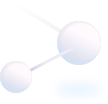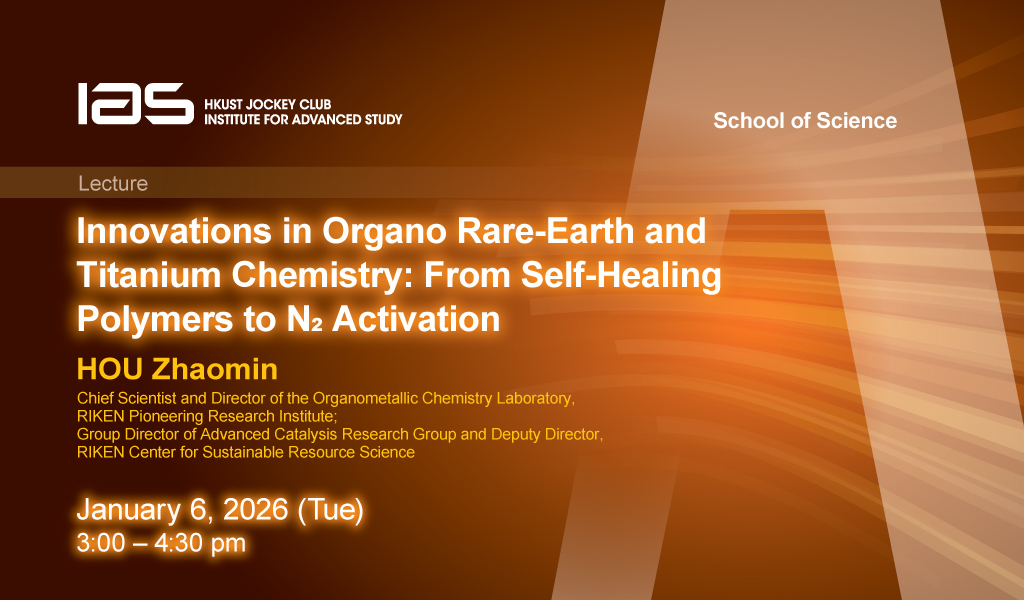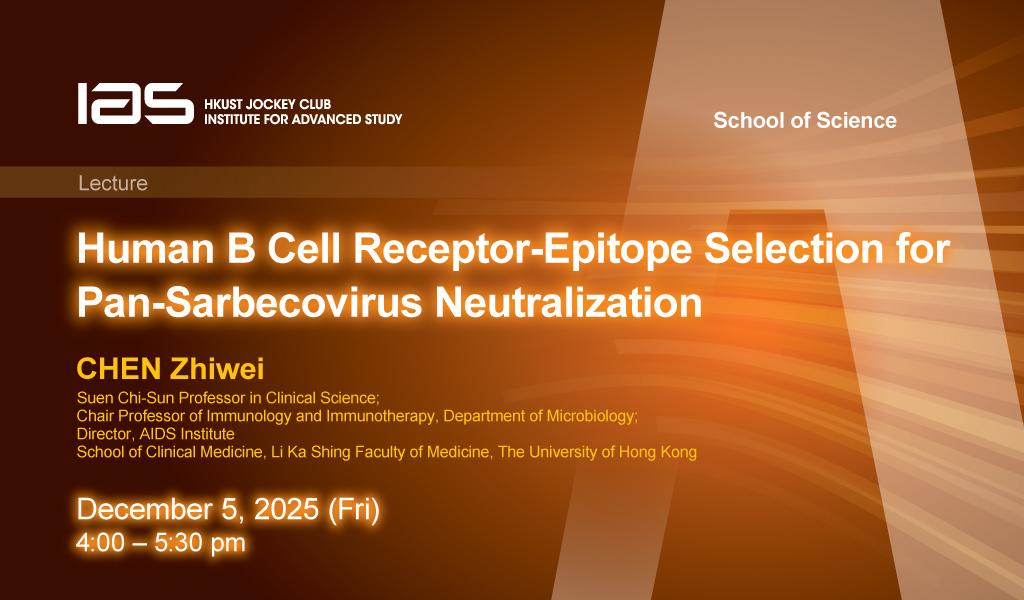Speaker: Professor Wei ZENG
Institution: School of Chemistry and Chemical Engineering, South China University of Technology
Hosted By: Professor Yong HUANG
Abstract
The Beckmann rearrangement, semi-pinacol rearrangement, Smiles rearrangement, Wolff rearrangement, and others have been successively developed to allow for diversified group migration via parallel moving pattern (Scheme 1-I). Meanwhile, the Cope and Claisen rearrangement and Witting rearrangement represent another type of cyclic transition state-based [3,3′]- and [2,3′]-sigmatropic shift, one of the most important features of these rearrangements involves synergetic C-X s bond (X = C, O, N, etc.) formation and double-bond migration at pericyclic reaction-sites (Scheme 1-II). To date, these classical group migratory and sigmatropic rearrangements have shown extremely potential in strategic synthesis of natural products, pharmaceuticals, and material molecules. However, it is surprising that 1,2- and 1,3-sigmatropic rearrangements, which only involve two different reaction-sites, have remained unexplored, this method will probably establish a new platform to enable unprecedented in-situ group-inversion rearrangement. Encouraged by our previous C-H, C-C, and C-S bond functionalization strategies,[1] herein we reported a novel and feasible carbon-skeleton rearrangement model through in-situ group inversion (Scheme 1-III).[2]



